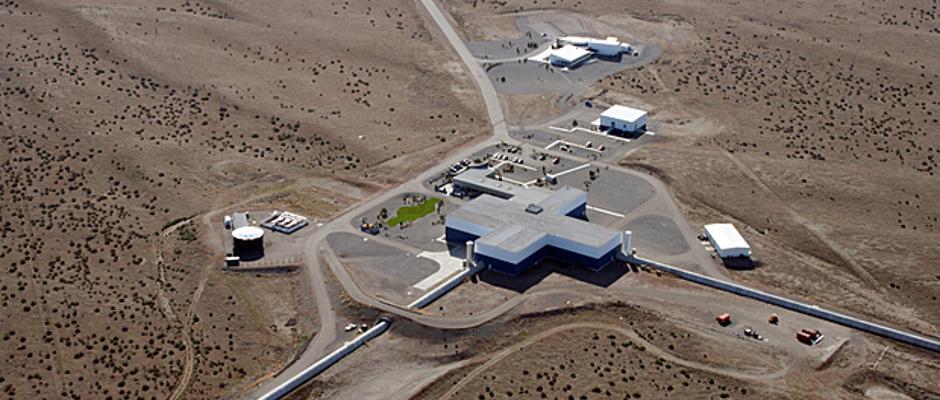
This second observation confirms that such cataclysmic events are relatively frequent, making it likely that more will be detected from late 2016, when the Advanced LIGO (US) and Advanced Virgo (Italy) resume operation following upgrading work. This will help scientists to better understand pairs of black holes, bodies that are so dense that neither light nor matter can escape from them. The discovery, made by an international collaboration including CNRS teams, is being announced today at the meeting of the American Astronomical Society in San Diego, and is published in the journal Physical Review Letters.
Three months after announcing the first detection of gravitational waves, scientists from the LIGO and Virgo collaborations have reported a second observation of the merger of two black holes, revealed by the gravitational waves emitted during the event. Although the signal is weaker than the first one, this new finding has also been confirmed with a confidence level of over 99.99999 percent.
Black holes are the final stage in the evolution of the most massive stars. Some of these holes form a pair, orbiting around each other and gradually getting closer while losing energy in the form of gravitational waves, until a point is reached where the process suddenly accelerates. They end up merging into a single black hole. It was this final whirling stage immediately preceding the merger that was observed on 26 December 2015, enabling scientists to infer that the mass of the black holes was between 8 and 14 times that of the Sun (as compared to 29 and 36 solar masses in the first observation on 14 September 2015). As the black holes were lighter, they moved towards each other less rapidly: the signal lasted several seconds, as opposed to less than 0.5 second for the previous observation. As a result, the number of orbits observed just before the merger was considerably greater than during the first detection, making it possible to carry out a different, complementary test of Einstein’s general theory of relativity. The event took place at a distance of about 1.4 billion light-years from Earth, which means that the gravitational waves travelled through space for 1.4 billion years before being detected by Advanced LIGO’s twin detectors, located in Louisiana and Washington State (US).
This second event confirms that pairs of black holes are relatively common. A comprehensive analysis of the data collected by the LIGO detectors from September 2015 to January 2016 hints at a possible sighting of a third event of this type on 2 October 2015, although with a lower degree of certainty.
Eventually, analysis of observations of this kind may help to elucidate the origin of binary black holes: were they originally a pair of stars that both turned into black holes, or is one black hole captured by the other? To find out, a larger sample of observations will be needed, which should become possible once Advanced LIGO and Advanced Virgo resume operation in autumn 2016. As demonstrated by the first phase of data collection by the Advanced LIGO detectors, gravitational waves have now become a new way of exploring the universe and that most fundamental of interactions, gravity.



